Las vetas de la madera y de los minerales son registros biográficos de su formación. Más allá de su carácter impuro, son libros que deben ser leídos, preparados y revelados, como los antiguos manuscritos sobre pergamino. El material debe ser cortado, pulido y abrillantado para que la veta se haga presente. Entonces se descubre como una impureza particular, fruto de minerales añadidos en la piedra o de eventualidades en el crecimiento del árbol. Su caligrafía, como rasgos de lenguajes remotos, guarda los sufrimientos del clima y los ecos milenarios en las entrañas de la tierra.
Curiosamente, las vetas no existen en materiales que son signo de pureza. Al oro, al acero, al vidrio, les son ajenas. El accidente que ofrecen las vetas es hermoso, pero exige desciframiento Esas mariposas, nubes y rostros deformes del jaspeado son un vivo test de Rorschach. Los rasguños convierten la materia en algo vivo, sujeto a la eventualidad y al accidente. Las vetas pueden hacer que ciertos cortes se desprecien, efectivamente, aunque no siempre sea debido a su fragilidad. En tiempos en que todo ornamento era delito, la veta era el único ornamento tolerable. Hoy, que lo impuro no es un demérito, las vetas se convierten en un puente hacia lo real que nos recuerda que la materia posee un pasado mineral o vegetal, donde todo existía antes que la obra y que en cada construcción se superponen muchos pasados.
La historia está presente de muchos modos en la arquitectura, y ésta debe hacerla aflorar. Por eso debe respetar, como algo digno de veneración, sus vetas porque, ciertamente, hablan de extractivismo; sin embargo, también puede ser el recordatorio de que cada obra está en deuda con al menos dos lugares: el sitio donde se asienta y el lejano origen de sus vetas. Cada obra, así, se convierte en una nueva veta en sí misma de un material mayor denominado civilización.
The grains of wood and minerals are biographical records of their formation. Beyond their impure character, they are books that must be read, prepared, and revealed, like ancient manuscripts on parchment. The material must be cut, polished, and burnished so that the grain becomes present. Then it is revealed as a particular impurity, the result of minerals added in the stone or of eventualities in the tree’s growth. Its calligraphy, like the marks of distant languages, preserves the sufferings of the climate and the millennial echoes within the bowels of the earth.
Curiously, grain does not exist in materials that signify purity. Gold, steel, and glass are foreign to it. The accident offered by grain is beautiful, but demands deciphering. Those butterflies, clouds, and distorted faces in the marbling are a vivid Rorschach test. The scratches make matter alive, subject to chance and accident. Grain can make certain cuts undesirable, indeed, though not always due to fragility. In times when any ornament was a crime, grain was the only tolerable ornament. Today, when impurity is no longer a flaw, grain becomes a bridge to the real, reminding us that matter possesses a mineral or vegetal past, where everything existed before the work, and where many pasts overlap in every construction.
History is present in many ways in architecture, and it must be brought to the surface. That is why its grains should be respected, as something worthy of veneration, for they certainly speak of extractivism; yet they can also serve as a reminder that each work owes something to at least two places: the site where it stands and the distant origin of its grains. Each work, thus, becomes a new grain in itself of a greater material called civilization.










_-_left_hand_screen,%20imagen%20wikipedia.jpg)













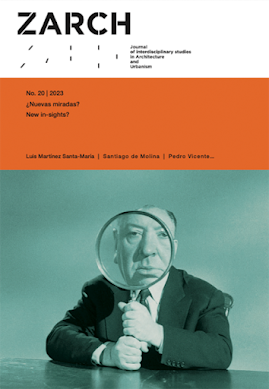
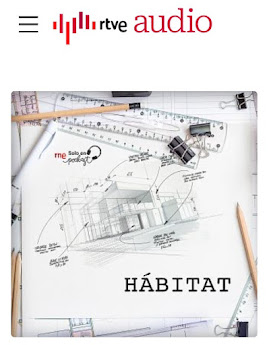
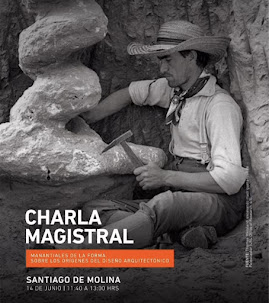
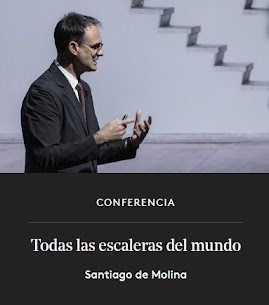

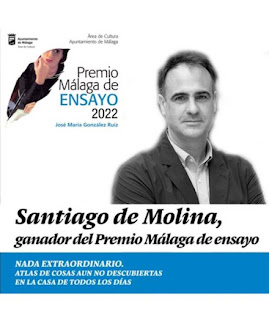


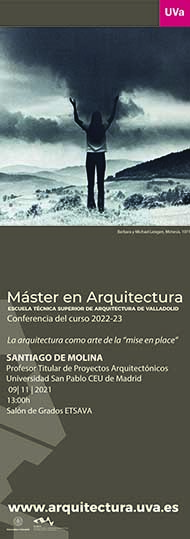
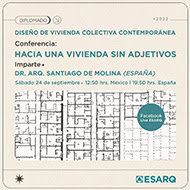













































































No hay comentarios:
Publicar un comentario